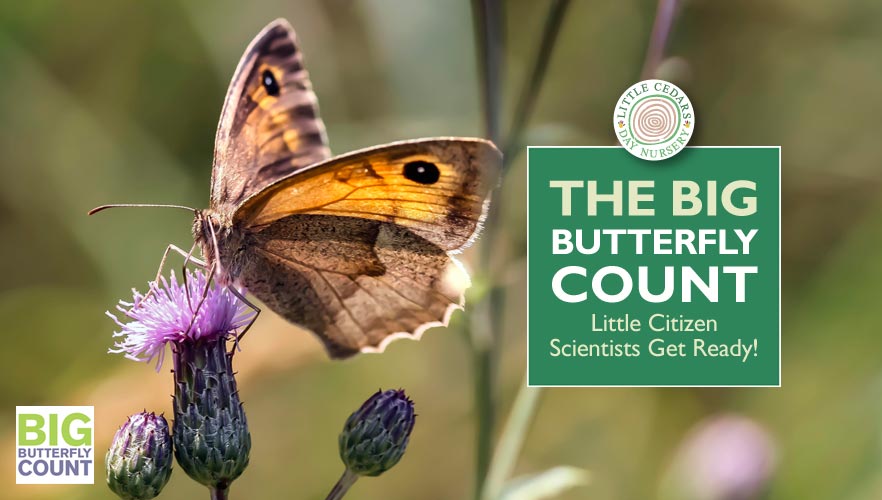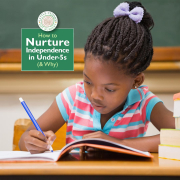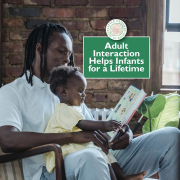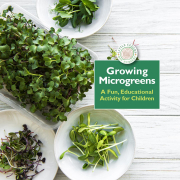The Big Butterfly Count — Little Citizen Scientists Get Ready!

The arrival of July brings with it an annual request for young citizen scientists to help in the world’s largest butterfly survey. Adults, teens, younger children and even little ones under five can all play their part. Butterflies are beautiful creatures for children to see and taking part in the survey takes as little as just 15 minutes. This important nature-based activity is also fun, free, and educational, and will help in the conservation of butterflies and the UK’s natural world. With all that in mind, today’s guide tells you everything you need to know about taking part in the Big Butterfly Count for 2024.
What Is the Big Butterfly Count?
Since 2010, the Big Butterfly Count has taken place during the ‘peak butterfly’ period each year in the UK. During the count, thousands of people across the nation spend as little as 15 minutes surveying how many butterflies and day-flying moths they can spot, and of which species. Their findings are then submitted to the Butterfly Conservation scheme so that a detailed picture can be pieced together about butterfly populations across Britain.
“Counting butterflies can be described as taking the pulse of nature and we depend on you, our citizen scientists, to help us assess how much help nature needs.” (Butterfly Conservation)
Why Butterflies?
Butterflies are important to the UK’s ecosystem because they pollinate food crops and themselves form part of nature’s food chain. However, populations of butterflies have declined significantly in recent decades.
“80% of butterflies have declined since the 1970s and we have lost up to 44% of moths in the UK. ” (Butterfly Conservation)
This may be due to factors like habitat loss, climate change, and the use of harmful and indiscriminate pesticides. The decline is alarming from the perspective of butterfly conservation – some species are in real danger of extinction – as well as being a warning barometer for the state of nature overall. By monitoring butterfly and daytime-flying moth populations, experts can get a better idea of the health of biodiversity and the natural environment across Britain and, by doing so each year, identify trends over time. Only through such a widespread and comprehensive approach can measures be put in place to try to fix any problems identified. The Big Butterfly Count is therefore an important and hugely worthwhile activity for children and families to get involved in during July and early August.
When is 2024’s Big Butterfly Count Taking Place?
The Big Butterfly Count itself starts on Friday 12th July 2024 and will run to Sunday 4th August. However, the overall scheme and Big Butterfly Count smartphone app open on the 1st of July so that people can prepare, plan where to spot the butterflies, and so on.
How Can Children & Families Get Involved?
It’s simple for children, families and individuals to take part. It can take as little as just 15 minutes and is totally free.
What to Do
- Preparation is the first step. This is made easy for families because all the necessary resources are supplied by Butterfly Conservation, the initiative’s organisers. Download a free butterfly identification chart for your area here. This can be printed out for your child. Alternatively, for those with smartphones, simply download the Big Butterfly Count app (available free on IOS and Android) which incorporates everything you need, all in one place, including additional tools that are both helpful and highly informative.
- When you/your children are ready for the count, find a suitable butterfly-spotting location* and count the targeted butterflies and daytime-flying moths that you can see over the course of 15 minutes. This must occur during the period from Friday the 12th of July to Sunday the 4th of August 2024 inclusive. The smartphone app and/or identification chart from Step 1 above will help you identify the species of each butterfly you spot. More details about counting butterflies can be found here.
- Submit your findings via the scheme’s website or directly through the smartphone app (please note that, in each case, you will not be able to submit your results until the count is officially open). You can submit your butterfly sightings right up until the end of August and may submit more than one entry.
* Butterflies are more likely to be around when it’s sunny and sheltered, and there are lots of flowers and blossoms in bloom. Another option is to simply attract butterflies to your own garden; explained for children and families here.
How to See Results of the Count
Once the event is over (from 5th August inclusive), you can visit the event’s official map, which is interactive. Zoom in on your area to see which butterflies you and others spotted. You’ll be able to filter by species and date and see total butterfly counts and even the number of citizen scientists who have taken part.
Little Cedars Nursery, Streatham

 At Little Cedars Nursery in Streatham, our childcare practitioners fully understand the enormous benefits of nature to children. It’s simply transformational, which is why we have outdoor spaces where children are able to sow seeds, tend to plants, and even grow vegetables. Nature teaches them so much and we therefore wholeheartedly recommend children’s involvement in the Big Butterfly Count each year.
At Little Cedars Nursery in Streatham, our childcare practitioners fully understand the enormous benefits of nature to children. It’s simply transformational, which is why we have outdoor spaces where children are able to sow seeds, tend to plants, and even grow vegetables. Nature teaches them so much and we therefore wholeheartedly recommend children’s involvement in the Big Butterfly Count each year.
First-class Childcare for Families in Streatham, Tooting, Furzedown, & Balham
Little Cedars is a high-quality nursery and preschool in Streatham, also close to Furzedown, Tooting, Balham, Norbury and Colliers Wood. If you’d like to consider sending your child under five to this wonderful nursery, please get in touch today. The setting has the backing of Government-funded childcare schemes for eligible families and a ‘Good Provider’ rating by Ofsted. Please choose an option to get started:








